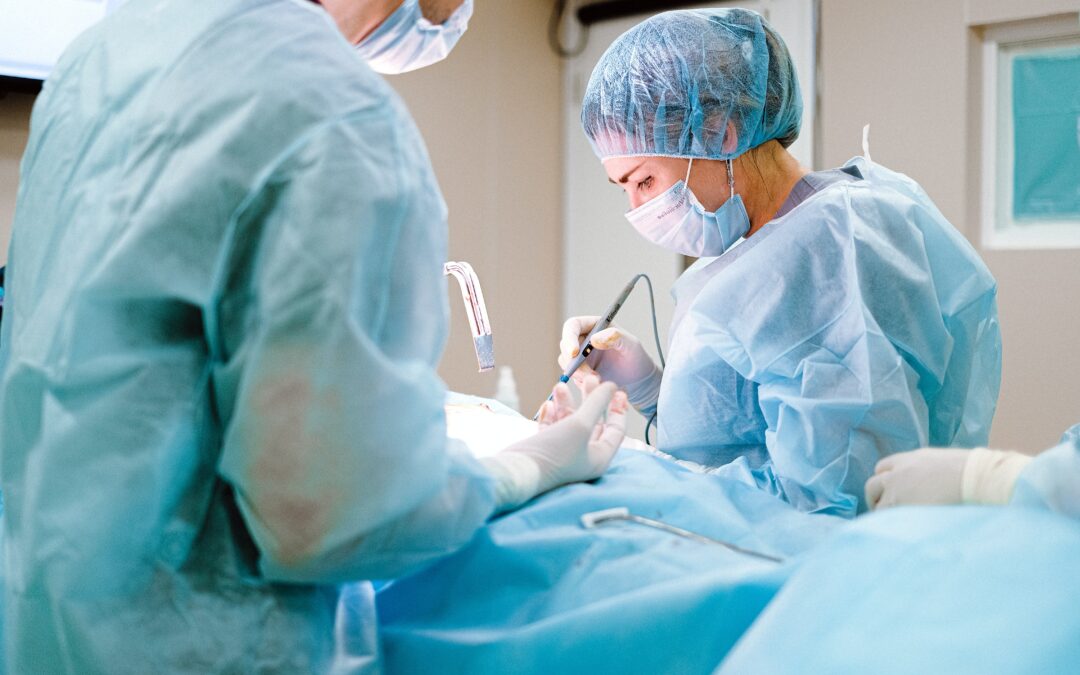Catheter-based devices have revolutionized the field of medical intervention, allowing for minimally invasive procedures that reduce patient discomfort, shorten recovery times, and improve overall outcomes. This blog explores the cutting-edge developments in catheter-based device technology, highlighting their impact on various medical specialties.
The Evolution of Catheter-Based Interventions
Catheters have come a long way since their inception in 1752, when Ben Franklin used a flexible catheter to treat his brother’s bladder stones. Initially, they were primarily used for diagnostic purposes, but with technological advancements, they evolved to become versatile tools for therapeutic interventions. Innovations in materials, design, and imaging have been instrumental in expanding the capabilities of these devices.
Cardiovascular Interventions
One of the most prominent areas of catheter-based device development is in the field of cardiology. Procedures such as angioplasty, stent placement, and transcatheter aortic valve replacement (TAVR) have become standard practice, offering patients a less invasive alternative to open-heart surgery. The integration of imaging technologies like intravascular ultrasound (IVUS) and optical coherence tomography (OCT) has greatly enhanced precision and safety in these procedures.
Neurointerventions
Catheter-based devices have also revolutionized neurosurgery. In the treatment of conditions like aneurysms, arteriovenous malformations (AVMs), and ischemic strokes, neurointerventionalists use specialized catheters to access and treat the affected blood vessels. The development of flow-diverters and stent-assisted coiling techniques has significantly improved outcomes in complex cases.
Urology and Gastroenterology
In urology, catheters play a vital role in managing urinary tract disorders. From urinary catheters for drainage to more advanced devices for interventions like embolization of renal arteries, these tools have improved patient comfort and treatment efficacy.
In gastroenterology, catheter-based endoscopy procedures have transformed the diagnosis and treatment of gastrointestinal diseases. Techniques such as endoscopic retrograde cholangiopancreatography (ERCP) and endoscopic ultrasound (EUS) have become indispensable in managing conditions like pancreatitis, bile duct obstructions, and gastrointestinal cancers.
Interventional Radiology
Interventional radiologists utilize catheter-based devices for a wide range of procedures, including embolization, angiography, and venous access. These techniques have revolutionized the treatment of liver tumors, uterine fibroids, and peripheral arterial disease, among others.
Challenges and Future Directions
While catheter-based interventions have made tremendous strides, there are ongoing challenges in this field. Issues like the risk of infection, radiation exposure, and the need for specialized training persist. Future developments are likely to focus on refining materials, enhancing imaging technologies, and improving navigation and control of catheter-based devices.
Conclusion
Catheter-based device development has propelled the field of medical intervention into a new era, enabling a wide array of minimally invasive procedures across multiple specialties. With ongoing innovations and a multidisciplinary approach, the future promises even more exciting advancements, ultimately benefiting patients with safer, more effective treatment options. The continuous evolution of catheter-based technology exemplifies the remarkable potential of human ingenuity in the pursuit of better healthcare outcomes.
Flying Pig Design’s extensive experience in medical device development can help you bring your next catheter-based device to market. Contact us to learn more and schedule your free initial consultation.

info@flyingpigdesignsllc.com
(720) 627-7778
555 Alter St. STE 19-D Broomfield, CO 80020



Recent Comments